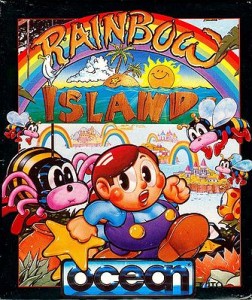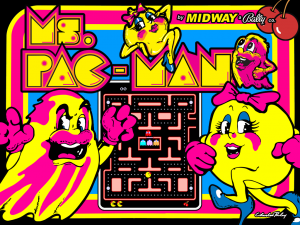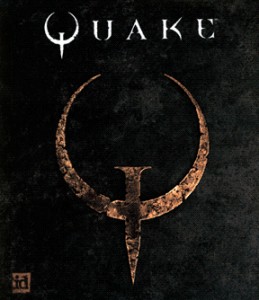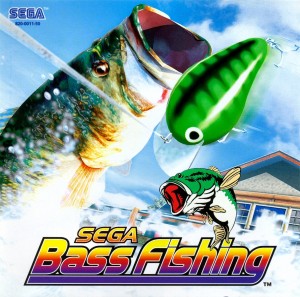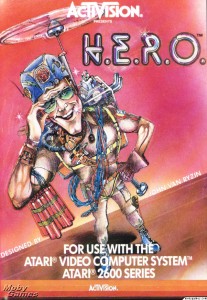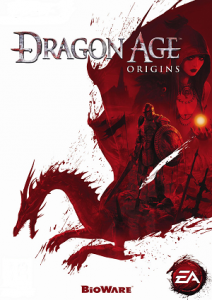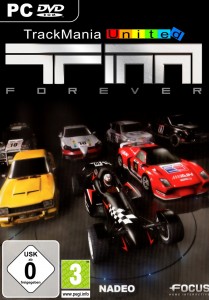446th played so far
Genre: Platform
Platform: Various
Year of Release:1987
Developer: Taito
Publisher: Taito
Or, as is proper, Rainbow Islands: The Story of Bubble Bobble 2, making it clear that this game is, in fact, the sequel to Bubble Bobble and not just a standalone game.
In it, our protagonists have changed from looking like dragons to now looking like human boys, something that would have made sense if we finished the previous game (so hard…). They now travel up into the sky, using their rainbows.
Our Thoughts
One of the more interesting aspects of this game, one that I don’t recall seeing in these early games (although the first Mega Man‘s Magnet Beam comes close) is that you can use your weapon to create additional platforms – the rainbows that you shoot allow you to stand on them and jump higher.
It makes for some nice shortcuts, mostly really towards the main goal of each level – climb higher until you get to the top. It’s a fairly straight forward goal, removing some of the variety of the game the game could have. There are apparently secrets hidden throughout the levels, but none that we really saw – in other games you’d probably have one early to show that they exist, here we didn’t notice them.
Although we’re probably just crap at the game.
There are, of course, a bunch of enemies in the level. One issue I had with them is that it was a bit unclear how to kill them. Some could be stomped from above, others had to be shot, I believe I even got some from the bottom. The rules for this aren’t clear and feel arbitrary at times, making it be the main reason we lost lives – we kept getting confused. The lack of sign posting is unfortunate here.
Final Thoughts
Rainbow Islands was clearly initially made for the arcade, offering enough hooks to get you playing, but requiring a lot of replay to really memorize everything you need to do. It’s unfortunate, as it makes it more difficult to jump into the game now and turning it more into a frustrating experience than something to fully enjoy.
